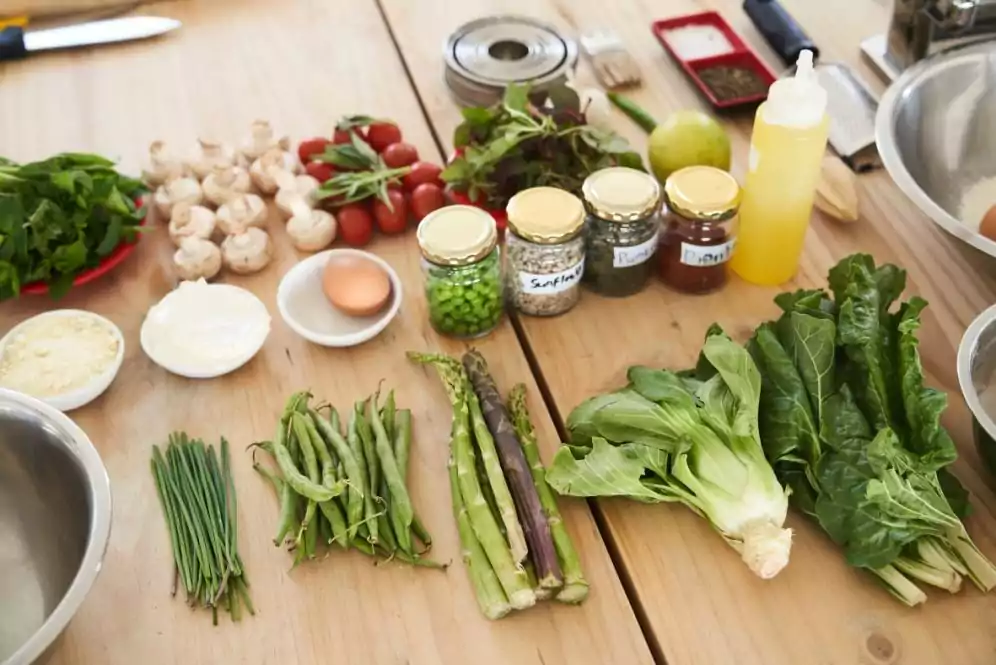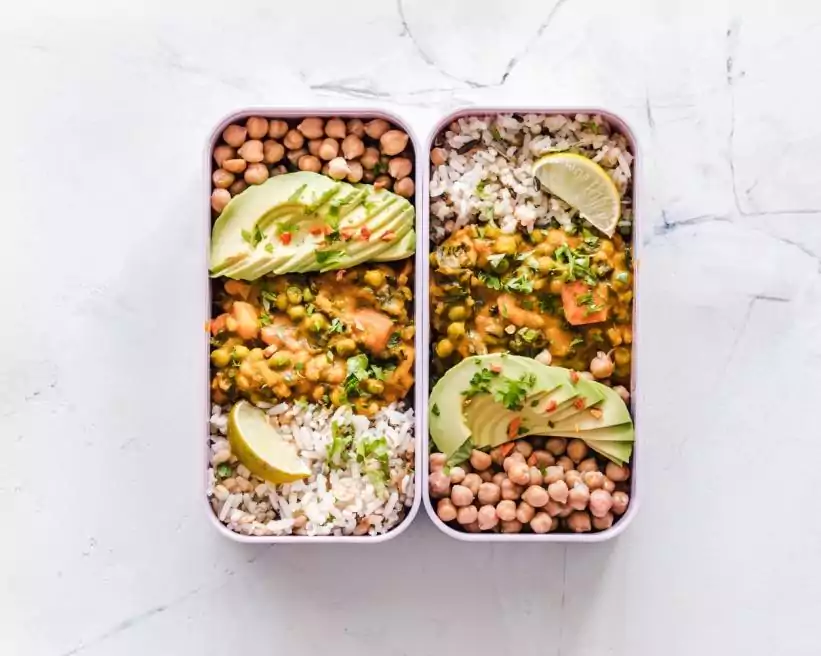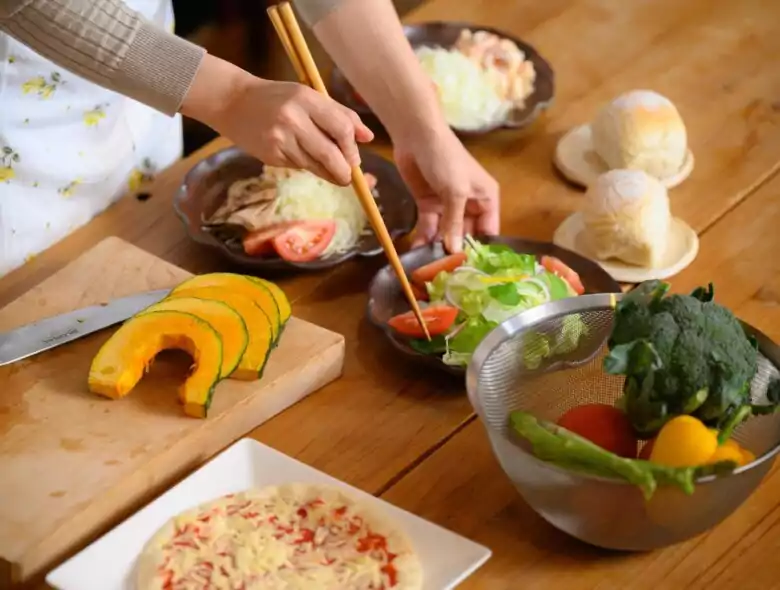Actress Saoirse Ronan once said that her reality shock of living alone was that when she was hungry, she had to go out to buy the food, bring it back, cook it, and then clean up after it. I, and I’m sure many others, can relate.
As someone who is not that well-versed in the kitchen and finds cooking to be both a chore and a bore, making meals at home can pose a challenge. In Japan, where convenience is king and working hours are long, it comes as no surprise to find that 31.6% of people in Japan dined out at least once a week; and over 60% relied on ready-made meals to bring home, according to a study conducted in November 2021 and reported by Statista.com.
The convenience and increasing popularity of food delivery services such as Uber Eats and Demae-can also add to the temptation of ignoring your stove in favor of ordering in. Uber Eats alone revealed that there were 24.65 million downloads of their app in Japan in September 2022, making it one of the most popular food delivery services in the country.
While it can be tempting and awfully convenient to have food delivered straight to your doorstep, in the long run, it can actually put a sizeable dent in your income and savings. Nikkei Asia reported that Uber Eats charges participating restaurants up to 35% for each order received. This cost is usually passed down to customers by way of delivery charges, which can range from ¥150 to ¥350. If you order Uber Eats once a week, every week per month, that can drain your savings of between ¥600 and ¥1,400!
So what’s the alternative? Well, cooking at home, obviously. However, does it actually help save you money? Let’s find out.
1. Create a Shopping List

One of the sure-fire ways of saving a bit of money is to shop smart and you can do this by making and adhering to a well-thought-out, budget-friendly shopping list. It’s very easy to get distracted in a supermarket what with colorful signage and numerous speakers blasting at you from all sides telling you about this promotion and that discount. You can ignore all the temptations by sticking to your shopping list.
Another way to avoid buying unnecessary items is to do your grocery shopping online. Not only is this distraction-free, but it’s also a convenient way of getting your groceries if you’re always pressed for time.
A third way is to utilize the different shops in your neighborhood. If you’re lucky enough to have a few different supermarkets within walking distance of your abode, try checking each one out to do a comparison of prices. You can either then choose to shop at the cheapest supermarket or shop for certain items at one supermarket, and other items at a different supermarket to save money. If you are looking for an apartment with different supermarket options in the neighborhood, you might want to consider renting with Village House as they have over 1,000 properties throughout Japan’s 47 prefectures.
2. Use Affordable Ingredients

According to numbeo.com, a meal at an inexpensive restaurant in Japan can cost around ¥1000, while a meal at a mid-range restaurant can start around ¥3000. If fast food is what you’re craving, a combo meal at McDonald’s can start at around ¥750 while a beef bowl at Yoshinoya can start at around ¥500.
Imagine eating fast food once a week, every week, each month, and then maybe treating yourself a little by dining out at a restaurant once or twice a month. That can end up costing you around ¥10,000 on food alone! In contrast, if you instead, buy a kilo of rice, which averages about ¥383.34, a 4-pack of eggs for ¥169, a kilo of chicken fillets for ¥1,035, and a kilo of potatoes for ¥515, you’d only end up spending ¥2,102.34; and these ingredients could make you a week’s worth of meals with some ingredients to spare for the future.
The above prices are estimates by numbeo.com but you can keep to a doable budget when purchasing ingredients at the store by keeping an eye out for discounts and promotions. An easy way to ensure you get a good deal is to shop near closing time – a lot of perishables such as meat, bread, and produce will be given good discounts as they can’t be sold the next day. You can also take advantage of some ready-to-eat foods like cooked chicken wings, yakitori, roast chicken, etc., which will also be discounted near closing time. Such foods can be kept in the fridge for a few days and repurposed into different meals.
You can also save money by sticking with locally grown products and local brands or even generic brands. Generic brands and local products are going to be much cheaper than imported brands and products.
Lastly, extend the shelf-life of your ingredients by calculating how much you plan to use within the next few days, and what can be kept in the freezer or stored properly.
3. Keep it Simple – Stick to Easy Cooking
If you’re not the biggest fan of cooking and/or not the best at it, there are ways around this; and one of them is to find meals that are easy to cook. We’re talking one-pot meals, 3-ingredient recipes, simple stir-fry, meals you can make and cook in under 30 minutes, or meals you don’t even have to cook at all (salads and sandwiches).
Depending on your dietary lifestyle, personal tastes, and any food intolerances and allergies you may have, you can save up a bit of cash by using what’s already in your fridge to whip up a meal. There are also tons of quick and easy recipes that you can find online to suit a wide variety of palates.
4. Save Money and Time by Meal Prepping

Meal prep is the process of planning and preparing meals aka. making food with the purpose of eating it in the future. If you’re not fussy about eating the same meals for the next few days, then meal prep is a great way to not only save money on food but also to minimize how much cooking you have to do.
Meal prepping involves cooking in bulk and then either freezing or refrigerating the leftovers in batches for easy reheating over the next few days. Numerous studies and chefs indicate that you should make food to last a maximum of 4 to 5 days because after this period of time, the food might lose some of its flavor.
Meal prepping helps you save money by allowing you to buy ingredients in bulk but using it all so it also eliminates food waste. Meal prep is also convenient, and efficient, and reduces your temptation to eat out or click on a food delivery app. Meal prepping also allows you to pack lunch for work or school so you don’t have to buy lunch!
Do you know what else is good to plan in advance? Apartment hunting. Luckily, organizations such as Village House allow you to browse listings, make inquiries, and fill out an application form via their online website so you can do it from the comfort of your own home.
5. Try to Avoid Food Waste
If you throw out food, you’re not only wasting food, but you’re losing money. Take stock of items in your fridge and pantry that may be nearing their expiration dates and make good use of them via a meal.
Another way to minimize food waste is to meal prep. Plan ahead what you want to cook and eat for the next few days then make a shopping list around this plan. This will give you a guideline on what and how much of an item or ingredient to buy.
If you do happen to eat out or order in and have food leftovers, you can always repurpose them into a new meal if you don’t want to eat the same thing again the next day.
Related articles:
- Tips on How to Save Money on Groceries
- Top 5 Tips on How You Can Keep Your Monthly Expenses on Food As Low As ¥20,000!
- Is Living Alone on a Monthly Income of 120,000 Yen Possible? Estimated Living Expenses and Tips for Saving Money
- Living Costs for College Students Living Alone: Tips for Saving Money!
- Living Alone for the First Time? Checklist of All the Things You Need



